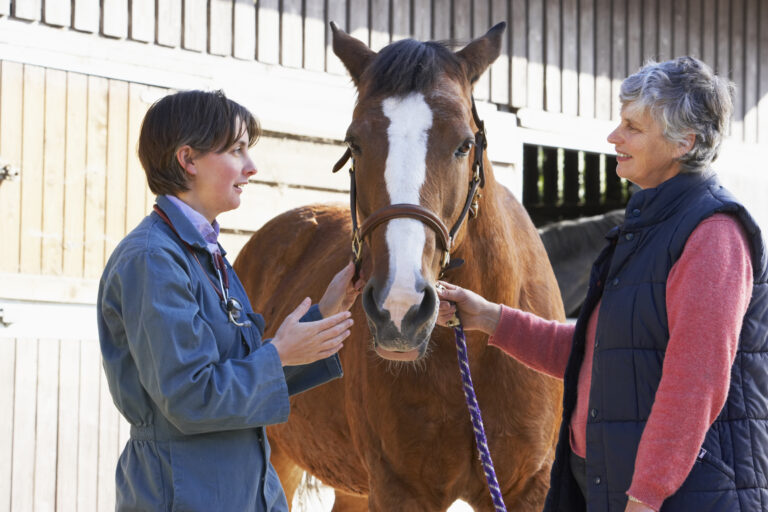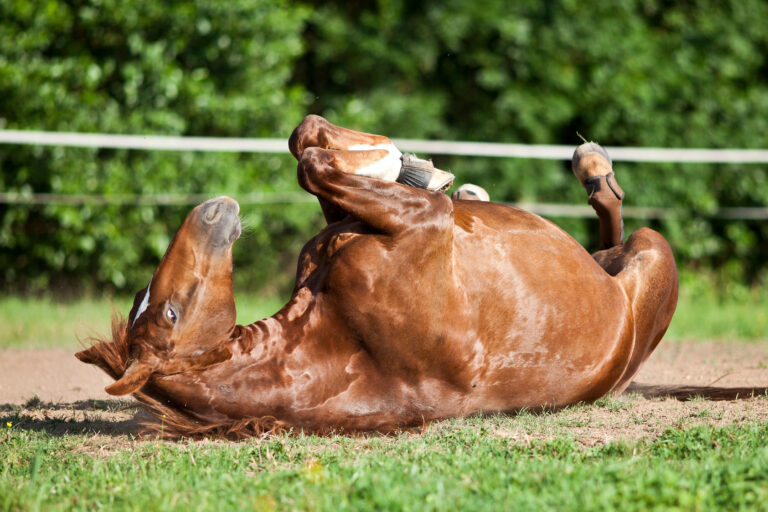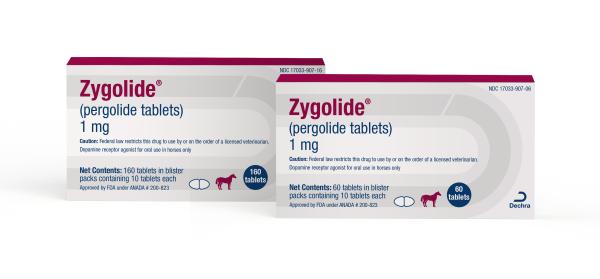Epizootic lymphangitis is a systemic infection of equids caused by the dimorphic soil fungus Histoplasma capsulatum var. farciminosum. Donkeys are less commonly affected than horses and mules. It has been reported in camels, cattle and anecdotally in humans.
The disease has been eradicated from many countries, but remains a problem for equids, particularly in northern Africa, Asia and the Middle East. It is contagious, spreading between animals through inhalation, skin contact with infected discharges, fomites and insect vectors. Skin wounds are common entry sites for the organism.
Three forms of the disease exist: cutaneous, ocular and respiratory. The cutaneous form is most common, causing a chronic, suppurative, ulcerating pyogranulomatous dermatitis and lymphangitis. Initial nodules appear anywhere on the body, but commonly on lower limbs, chest and neck. Nodules rupture, discharging thick pus; the ulcerated lesions subsequently scar and heal. Lesions progress locally along lymphatics, which become beaded and rope-like with enlarged regional lymph nodes. Repeated cycles of ulcerating and healing nodules occur.
Keratoconjunctivitis with mucopurulent discharge characterizes the ocular form and is more common in donkeys. The respiratory form results in a mucopurulent nasal discharge and subsequent coughing and difficult breathing.
In all three forms, the disease’s chronic nature leads to debility and anorexia. Working animals can no longer perform, leading to abandonment by their owners, especially where veterinary care is unavailable or unaffordable or euthanasia not easily accepted. Some animals appear to recover, but the mechanism of immunity and the possibility of carrier states are unclear.
Field diagnosis of epizootic lymphangitis is by organism identification in a smear of material aspirated from an unruptured nodule. The yeast appears as pleomorphic ovoid-to-globose structures, 2-5 μm diameter, found extracellularly and in macrophages. Organisms are usually surrounded by a “halo” when Gram-stained, useful in rapid differentiation from glanders (difficult to differentiate clinically). Culture of the organism is possible, but challenging. A Histofarcin skin test (similar to tuberculin and mallein tests) has been developed, but requires further validation. Serological techniques have been described, but are not commercially available. A polymerase chain reaction (PCR) has been developed for H. capsulatum var. capsulatum, which may prove useful in the future.
Treatment is challenging. Amphotericin B is the drug of choice, but, since most cases occur in working animals owned by poor individuals in developing countries, modern antifungals are rarely available or affordable. More commonly systemic iodides (oral potassium iodide or intravenous sodium iodide) and local excision of nodules and topical iodine tincture are used. Treatment is lengthy (3-4 weeks) and owner compliance challenging. Treatment initiation early in the disease increases success rates.
Historically, disease control focused on culling infected animals, strict hygiene and movement controls to limit disease spread. These methods are usually impractical in endemic areas, particularly in developing countries where control commonly concentrates on educating owners about wound prevention; vector control; management of harnesses, tack and equipment; early presentation for treatment; and encouraging euthanasia for advanced cases.
This neglected disease has a significant welfare impact on working equids and has economic importance to many resource-poor owners with inadequate access to animal health services who rely on animals for their livelihoods. More research is required to understand fully transmission routes, risk factors and immunity, and develop animal-side diagnostics and simple, affordable, transportable and stable therapeutics.
This article is reprinted with permission of the University of Kentucky College of Agriculture’s Equine Disease Quarterly. The author is Dr. Karen Reed, head of animal welfare and research at The Brooke in the United Kingdom. For more information email karen@thebrooke.org.




